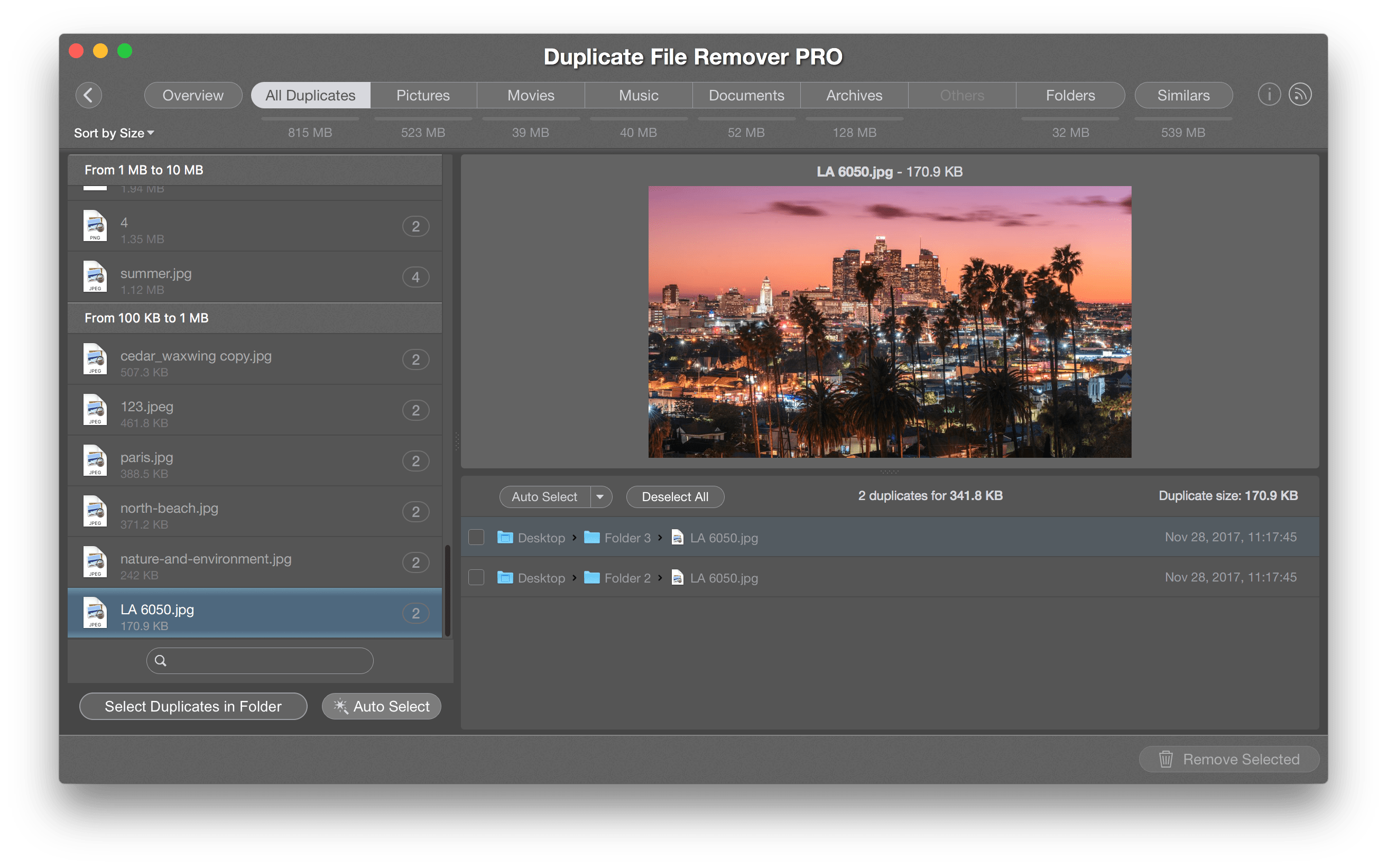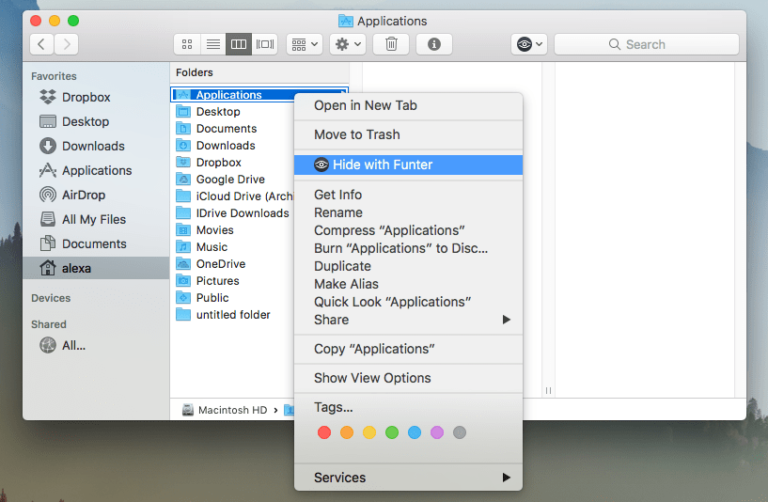

Moreover, you can also use the drag-and-drop functionality to deleted apps. You can do it by opening Finder, going to the Applications folder from the Finder’s sidebar, right-clicking the unwanted application’s icon and selecting “Move to Trash” option.
#Deleting secret folder app for mac free
I turned off my phone using every way, I downlodad a free up, I reset all settings, I dont know what alse can I do. For a while the app worked fine until it stops open. I downloaded the 'best secret folder' app to my Iphone 4. This means, that the apps don’t mess with the rest of your system.
_1554984558.png)
#Deleting secret folder app for mac mac
Image credit: Bench Accounting Most Applications on the Mac are created as self-contained items. In this article, we will cover different app uninstalling scenarios. You could also face problems trying to uninstall built-in system apps. However, there could be cases, when applications won’t have shortcuts that appear in the Application folder. By simply dragging the unwanted app’s icon from the Application folder into the Trash icon on the dock, you’ll erase it from your computer. Return to iCloud Drive in Finder and the hidden folders should be gone.The process of uninstalling apps on Mac is made as much intuitive as it can get. Dragging the folder to Terminal again does nothing - it does not generate the text path like before. When clicking on of one of the folders, the Finder Path Bar will show iCloud > and the folder's icon, but will not show the folder nameī. The only two things I observed at this point that were different from before were:Ī. It may ask you for your computer password.Īfter running the command, nothing will happen in the iCloud Drive window. So the command would look something like this: rm -rf /Users/username/Library/Mobile\ Documents/com~apple~Automator/Documents /Users/username/Library/Mobile\ Documents/com~apple~ScriptEditor2/Documents /Users/username/Library/Mobile\ Documents/com~apple~TextEdit/Documents /Users/username/Library/Mobile\ Documents/com~apple~QuickTimePlayerX/Documents /Users/username/Library/Mobile\ Documents/6LVTQB9699~com~seriflabs~affinitydesigner/Documents /Users/username/Library/Mobile\ Documents/iCloud~net~doo~scanbot~vpp/Documents /Users/username/Library/Mobile\ Documents/com~apple~Numbers/Documents /Users/username/Library/Mobile\ Documents/F6266T9T75~com~apple~iMovie/Documents /Users/username/Library/Mobile\ Documents/com~apple~Keynote/Documents /Users/username/Library/Mobile\ Documents/WUGMZZ5K46~com~bohemiancoding~sketch/Documents /Users/username/Library/Mobile\ Documents/iCloud~com~readdle~Scanner~PDF/Documents /Users/username/Library/Mobile\ Documents/iCloud~is~workflow~my~workflows/Documents /Users/username/Library/Mobile\ Documents/F3LWYJ7GM7~com~apple~garageband10/Documents /Users/username/Library/Mobile\ Documents/com~apple~Preview/Documents It will automatically add the path of the folders to the command, separated by spaces. Select all of the folders you want to delete, then drag them in to the Terminal window.

In Finder, open the iCloud Drive folder and change it to List view (command+2) so you can easily see all of the hidden folders. Make sure there is a space after the "f" at the end of the command

Open Terminal.app and type this but do not press return yet: rm -rf I'm using macOS Catalina version 10.15.2 but this may work on earlier versions of macOS. I was able to delete the hidden folders that existed in the root of my iCloud Drive from iOS and macOS that apps I'd previously deleted from my devices.


 0 kommentar(er)
0 kommentar(er)
